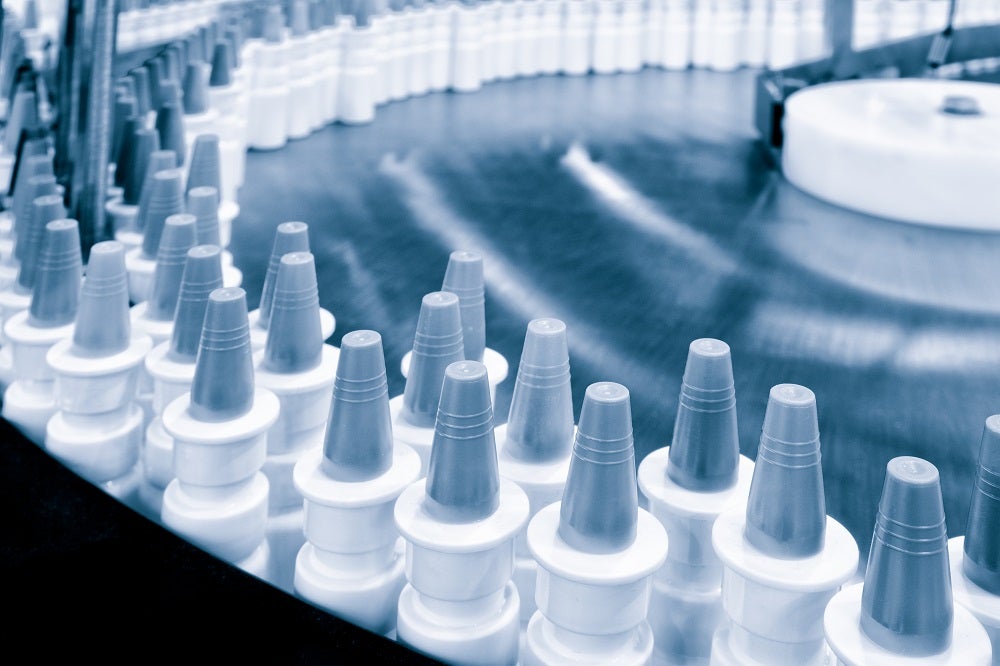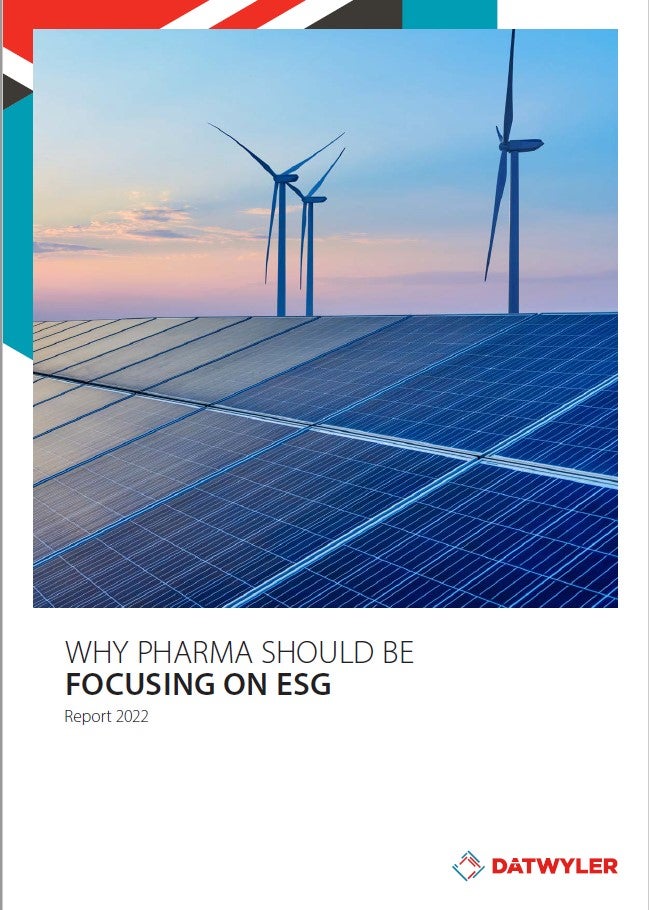
From a Covid-19 vaccination to a shot of insulin or adrenaline, so many injectable drugs are considered life-saving medications for the patient populations they serve. Dating back hundreds of years, the history of vaccination has at its absolute core the protection of patients from life-threatening infectious diseases. Today, the industry is continually innovating to develop injectable therapies for a range of serious non-communicable diseases too – including cancer.
But, if the drug product is not 100% safe, injecting medicine directly into a patient’s bloodstream also has the power to do more harm than good. The parenteral route of administration naturally carries a higher risk than many others. Mitigating patient safety concerns and delivering products that never compromise on quality should be the number one priority for every company in the injectable drug value chain.
Primary packaging and CCI
In the vaccine supply chain, a high degree of scrutiny naturally falls on primary packaging such as vials, syringes, and cartridges. Primary packaging has a vitally important role to play as the first line of defence in protecting the formulation from the outside world and, thus, keeping the product stable across a moderately high shelf-life.
This is where carefully chosen sealing solutions and excellent container closure integrity (CCI) become critical. Katie Falcone, Scientific Support Manager at industry-leading parenteral packaging sealing solutions provider Datwyler, explains: “If the container is not properly thought out, you could have a leak that could contaminate or inactivate the drug product. A patient might not get the proper dosage of a medication because the active ingredient was either denatured if it was a protein or because oxidation occurred that caused the active ingredient to change form and become less potent.
“It comes down to partnering with your drug component supplier to make sure you’re picking the right components for your vial, syringe or cartridge system, and also understanding what the storage environment is, the typical transit environment, and the field environment that the product is going to experience, and how all that could impact CCI.”
While packaging containers and their sealing components have a crucial role to play in protecting products, they can also introduce certain safety risks. The most dangerous one, according to Falcone, is extractables and leachables (E&L). While E&L safety issues are not too common an occurrence due to extensive studies and precautions, if a toxic extractable or leachable finds its way into the drug product during storage, it has the potential to change a life-enhancing medication into a life-endangering one.
Reducing the E&L risk
“It is so important that drug companies pair with packaging component companies that understand their products and have a good understanding of their E&L profile,” notes Falcone, adding that Datwyler always takes care to ensure this.
“These are things that can affect the active concentration of the drug. There are instances where patients have died from situations with E&L. Natural rubber protein, for example, has been eliminated from some formulations because it’s a known allergen and can cause anaphylaxis when paired incorrectly.”
As well as partnering with a component company that does their due diligence, it can also be essential to add a coating ‘barrier’ to packaging components. A fluoropolymer is often used to coat parenteral packaging components for this purpose. When performing this step, it is important to achieve a full, robust coating, particularly for highly sensitive biologics or any products that have an especially strong need to reduce E&L risks.
Datwyler is a key player in the global healthcare industry. Within its portfolio of seals and stoppers for vials, syringes, and cartridges, the company offers elastomer closures that are 100% coated with an advanced fluoropolymer technology. Such coated products reduce E&L concerns considerably, giving customers greater peace of mind over their patients’ safety.
Controlling contamination
Contamination, both endogenous and exogenous, is another serious concern when manufacturing and packaging drugs for direct injection into the bloodstream. On top of E&L, endogenous forms of contamination may originate from the blooming of compound ingredients or the use of silicone oil. By choosing components and technologies with the best safety profile for each specific drug product, these may be avoided.
Exogenous contaminants, on the other hand, may be harder to control and could in some cases pose higher risks. If human-derived particles are introduced into a pharmaceutical product, the product is considered un-sterilisable by the FDA. Dust, cellulose, and carton fibres can also be problematic. Exogenous particulate matter is the reason cleanrooms are always required for pharmaceutical manufacturing. These highly controlled environments are characterised by rigorous air filtration, gowning and cleaning procedures.
Datwyler’s most advanced and tightly controlled manufacturing standard takes place in an ISO Class 5 cleanroom. Designed to offer customers the highest quality manufacturing on the market, the FirstLine® production standard is defined by a zero-defect philosophy. Automated production cells and 100% camera inspection reduce the chance for a defect to slip through unnoticed. Meanwhile, by removing the human from the process wherever possible, the risk for human-derived particles is also lowered.
With FirstLine, drug manufacturers can be sure of what matters most: patient safety. On top of Datwyler’s detailed discussions with customers to define the safest product for their application, the FirstLine offering is a key part of the company’s mission to serve the pharmaceutical market through high-quality, safe sealing solutions.



